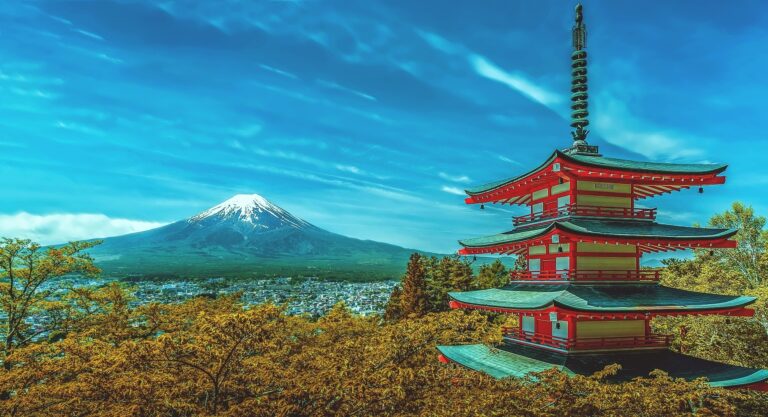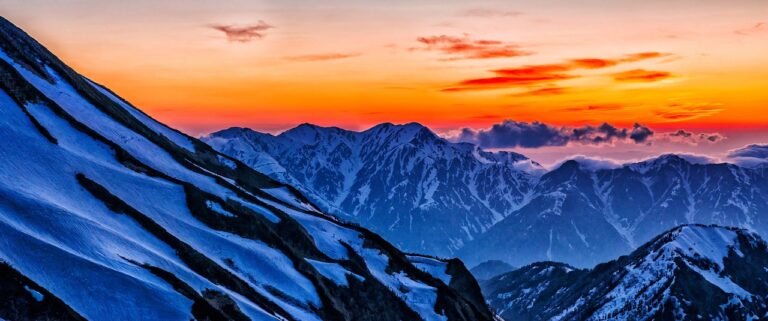Mount Fuji
It is easy to see why Mount Fuji is one of the most popular destinations for locals and tourists alike. This stunningly iconic mountain with its snow-capped peaks is a cultural and spiritual symbol of Japan. The country’s tallest mountain, it attracts climbers, hikers, and those who just want to relax and admire its beauty….




